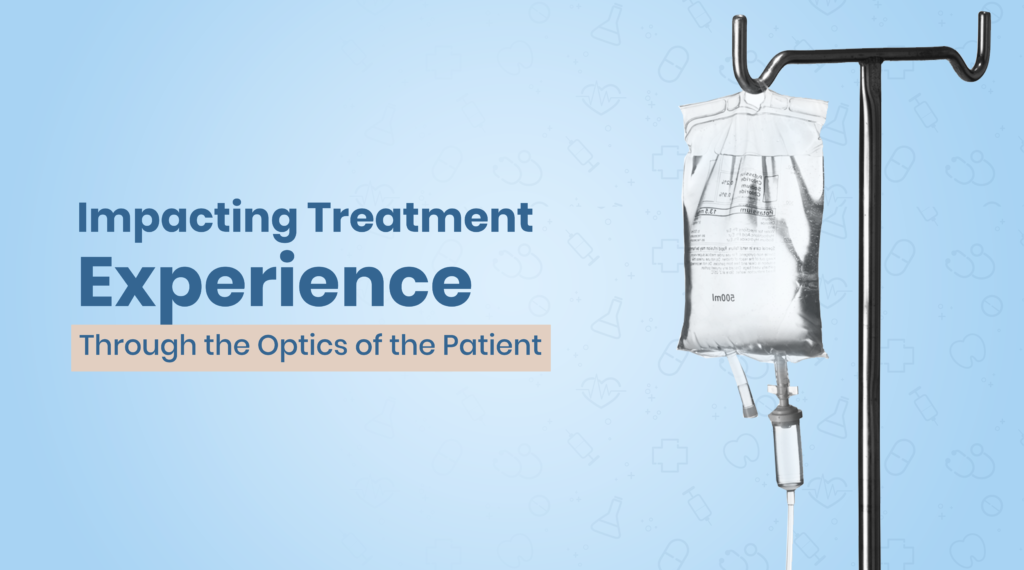Critical stakeholders in the trials ecosystem mainly sponsors and regulators want to see more than just test results and metrics when reviewing treatments. Criteria such as delayed disease progression and absence of side effects are impressive measures; however, they do not give a clear overview of the patient’s experience.
Only a patient understands the impact a treatment has on their lives and can determine if side effects are tolerable and what might make the treatment experience better. All or most of their input will add value to the therapeutic context of drug development and evaluation.
The best way to accrue patient-reported outcomes (PRO) is through censored clinical outcomes assessments (COAs). This provides a structured instrument to capture their perspectives while increasing the likelihood of approvals from sponsors. Ensuring the most from patients requires a strategy that amplifies their voices without burdening them as they have limited time or stamina for rigorous surveys and assessments.
Surveys have confirmed that electronic COAs allow for flexibility via a dedicated device or personal phone/tab which would make it easier for them to record and upload responses without excessive site visits. It also expedites access to PROs data, providing real—time insights that can inform trial progress and demonstrate results.
The FDA encourages trials planners to consider the following 5 aspects when creating assessments;
- Disease-related symptoms: In capturing data for oncology-related drugs, the FDA recommends using numeric or verbal rating scales. A frequency scale may also be considered for an assessment that seeks to quantify occurrence.
- Symptomatic Adverse Events: Sponsors can minimize the burden by defining a concise set of the most relevant symptomatic AEs likely to occur and capturing PRO data in both treatment and control arms.
- Side effect impact summary: Understanding the overall impact of side effects will help regulators assess tolerability. To lessen the subjectivity of this data capture, the FDA suggests using a numeric or verbal scale over a course of time.
- Physical function: Understanding how treatment impacts mobility and other bodily function is vital for regulators, payers, providers, and patients. The FDA suggests using scales that measure defined concepts and provide a scale to measure ability levels.
- Role function: Regulators also want to understand the impact of a treatment on a patient’s ability to work and carry out daily activities.
Xcene Research believes it is important to consider what role an assessment will play in the research, how it will add new knowledge or insights, and how best to engage patients in the process. Accelerating trials and strengthening systems for patient experiences will ensure quicker interventions and medicine production.
